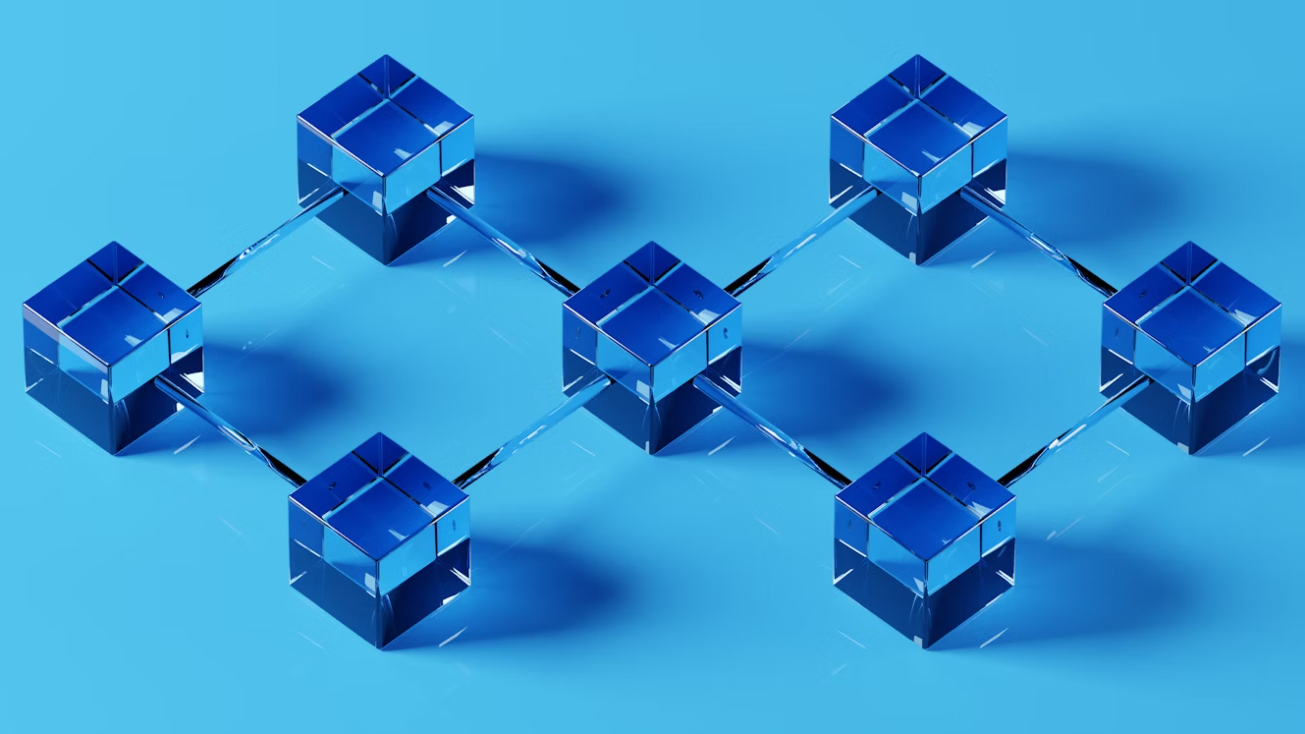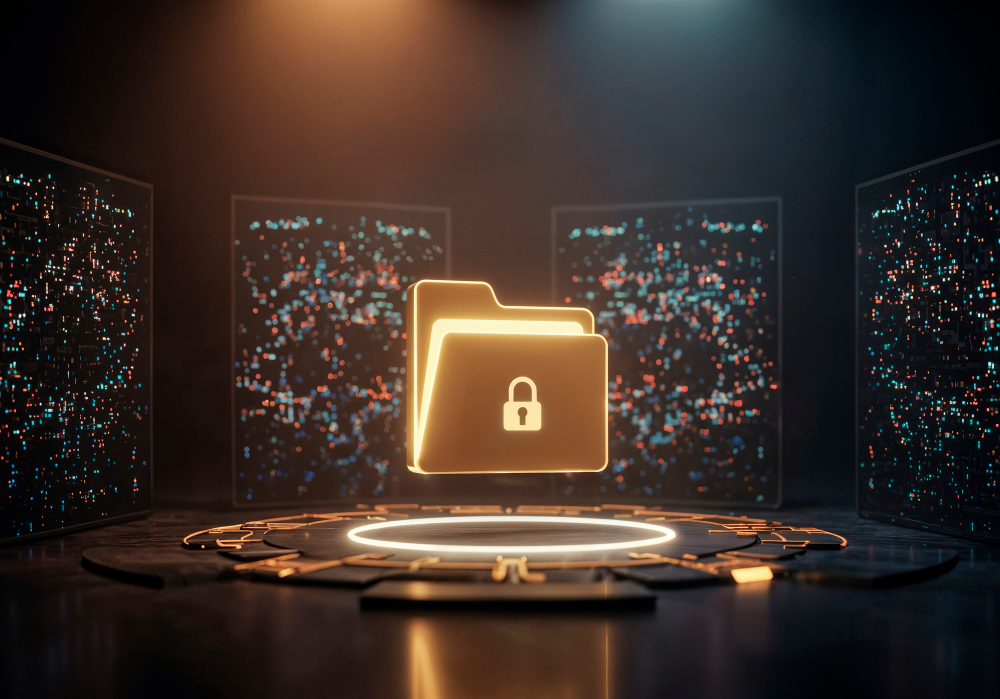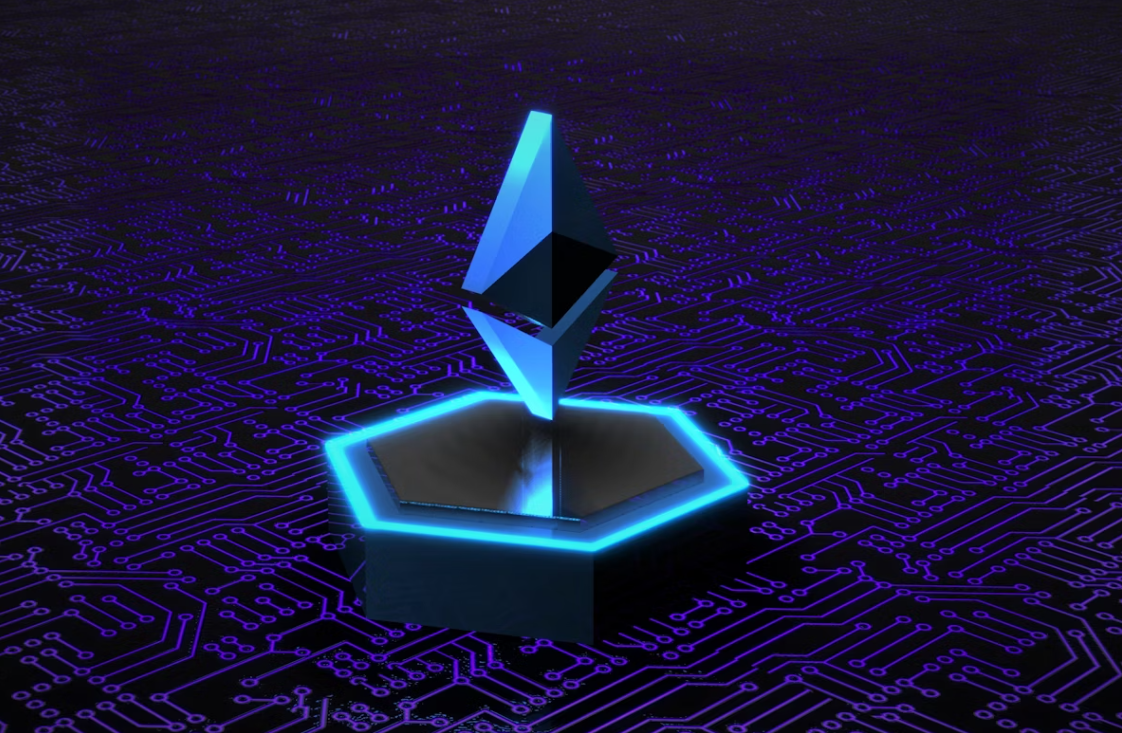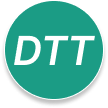The Ledger of Learning: Our Latest Blockchain Insights
Dive into our curated collection of articles and thought pieces. Stay informed about the foundational concepts and future directions of decentralized systems.

Transparency vs. Privacy: Navigating the Paradox on the Blockchain
Blockchains are often lauded for their radical transparency, yet privacy remains a critical concern for users and businesses. This article explores the delicate balance between these two seemingly opposing values and the innovative solutions being developed. We will examine how modern systems are working to reconcile public verifiability with confidential transactions.

Consensus Mechanisms: The Beating Heart of Blockchain Decision-Making
How does a decentralized network with no central leader agree on anything? The answer lies in consensus mechanisms, the critical protocols that ensure security and unanimity. We will demystify how these algorithms enable trustless cooperation on a global scale.

Smart Contracts: The Self-Executing Digital Agreements Revolutionizing Trust
Smart contracts automate and enforce agreements without the need for intermediaries like lawyers or notaries. This article explores how these digital contracts work and the profound impact they are starting to have on business and governance.

Beyond Cryptocurrency: The Untold Story of Blockchain’s Architecture
Many people associate blockchain technology exclusively with digital currencies, but its foundation is far more revolutionary. This article peels back the layers to reveal the core architectural principles that make it a transformative tool for various industries.
Beyond the Hype:
Real-World Blockchain Applications
Discover how this foundational technology is solving tangible problems across various sectors.
These applications showcase a shift towards more transparent and efficient systems.
90%+
Uptime
Million+
Nodes
Zero
Downtime
Billions
Secured


